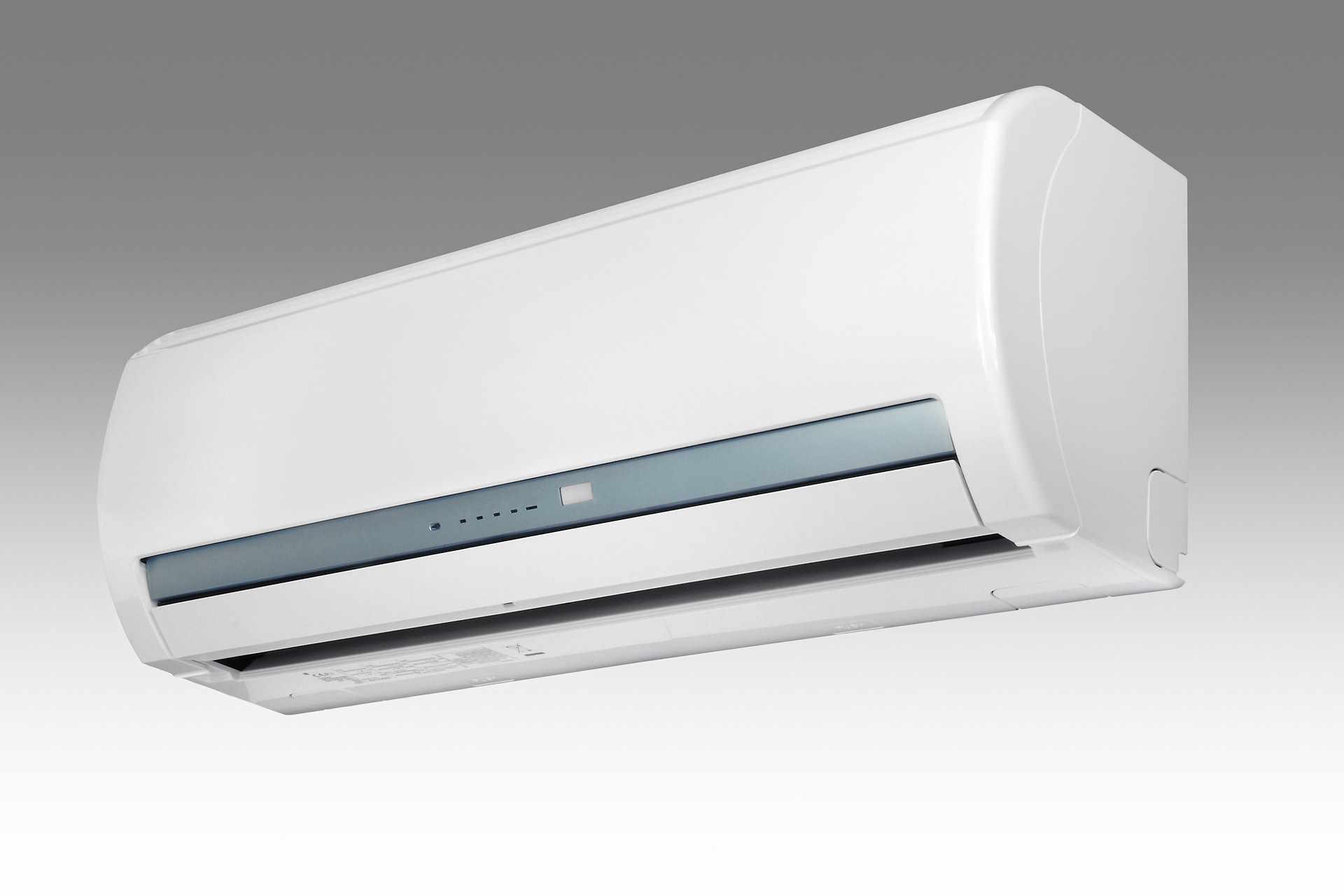Decoding the Future of Telecommunications: The Role of Terahertz Waves
The universe of connectivity is ever-evolving, ceaselessly pushing the boundaries of what we once thought possible. The latest star on the horizon? Terahertz waves—part of the electromagnetic spectrum that could revolutionize the future of telecommunications.
Terahertz waves sit in the electromagnetic spectrum between microwaves and infrared radiation. Despite being discovered over a century ago, their significant potential in telecommunications remains largely untapped. This is due, in part, to the historical challenges associated with generating and detecting terahertz waves.
The Potential of Terahertz Waves
Terahertz waves possess unique characteristics that make them a promising contender for next-generation communication systems. With frequencies ranging from 300 GHz to 3 THz, they can support ultra-high-speed data transfer—well beyond what’s achievable with current technologies.
Moreover, their unique properties offer the potential for superior imaging capabilities, making them an attractive choice for security applications. Terahertz waves can penetrate materials such as clothing, paper, and plastic, providing a non-invasive means of detection.
Overcoming the Challenges
Despite the immense potential, harnessing terahertz waves for telecommunications is not without its challenges. They are notably absorbed by atmospheric water vapor, which can cause signal loss. Additionally, developing devices that can effectively generate, modulate, and detect these waves has been a long-standing hurdle.
However, recent advances in nanotechnology and semiconductor devices have begun to address these issues. For instance, researchers have developed innovative techniques to generate terahertz waves using graphene, a one-atom-thick layer of carbon atoms that boasts exceptional electrical and thermal conductivity.
Impact on the Telecommunication Landscape
The successful integration of terahertz technology could dramatically transform the telecommunications sector. It could enable faster, higher-capacity networks, supporting the burgeoning demand for data. Given their unique characteristics, terahertz waves could also open new avenues in areas like security, healthcare, and environmental sensing.
However, there’s still a long road ahead. Adequate regulatory frameworks need to be established to govern the use of terahertz waves. Moreover, refining the technology to ensure it’s both affordable and practical for widespread use will be crucial.
The Road Ahead
As we look to the future, it’s clear that terahertz waves have the potential to be a game-changer for the telecommunications industry. While challenges remain, the advancements in this field are promising.
The future of telecommunications may be closer than we think, but it’s not here yet. As we continue to explore and innovate, the potential of terahertz waves offers a tantalizing glimpse into what’s possible. The key will be turning this potential into reality, shaping a future where connectivity is faster, more reliable, and more accessible than ever before.





